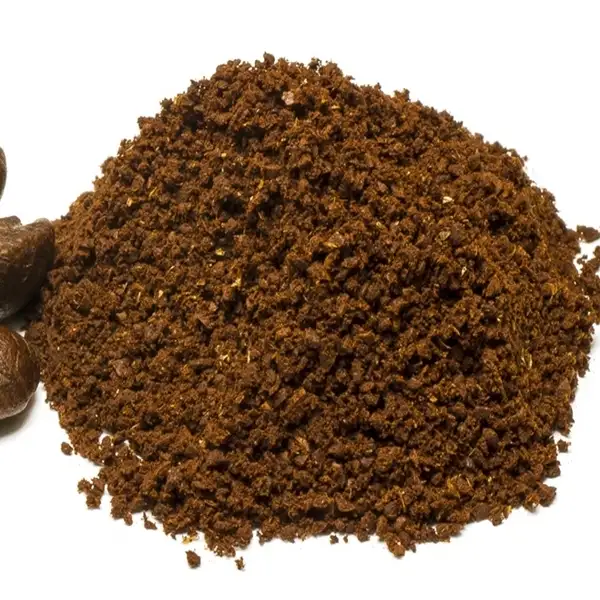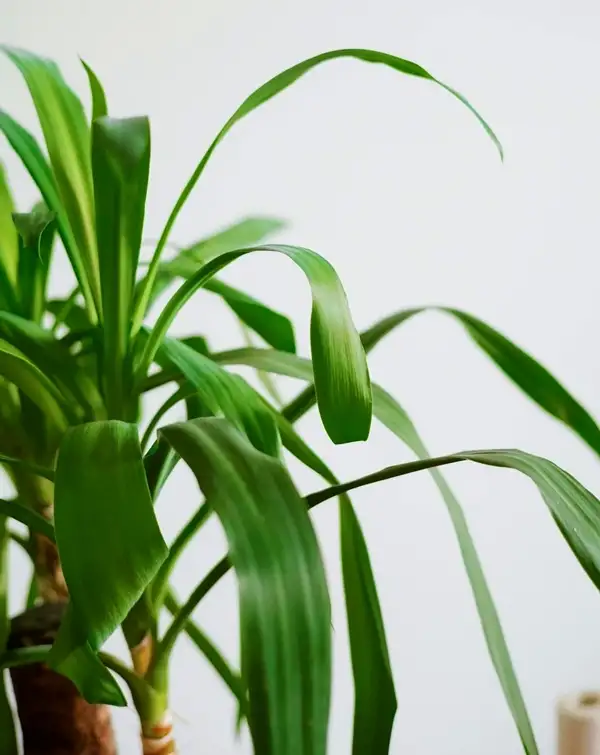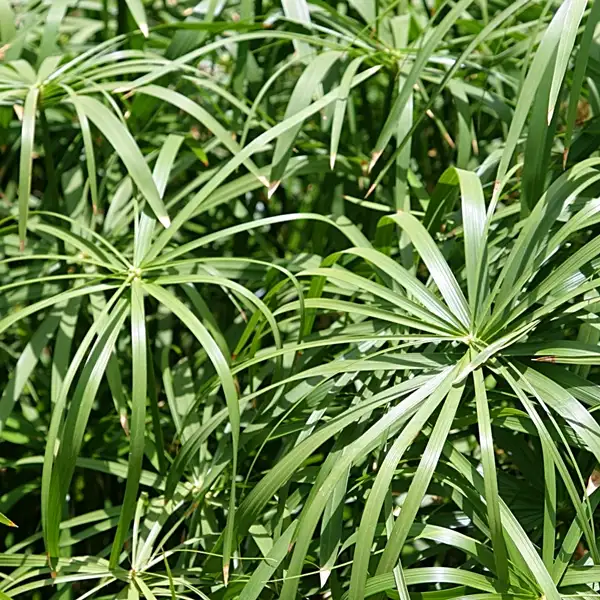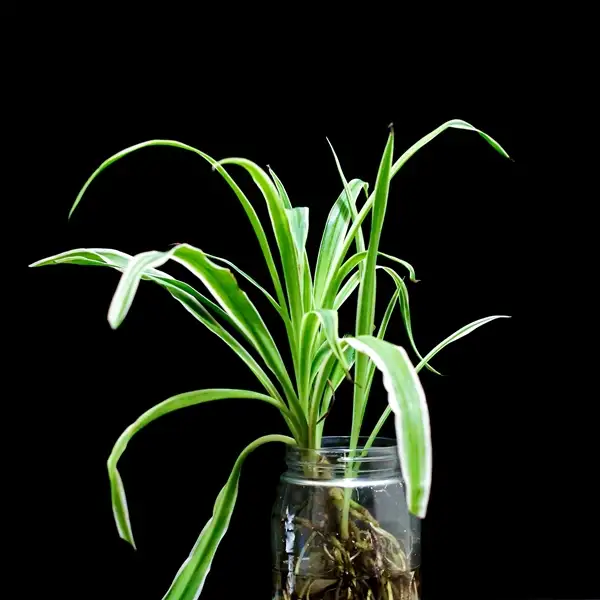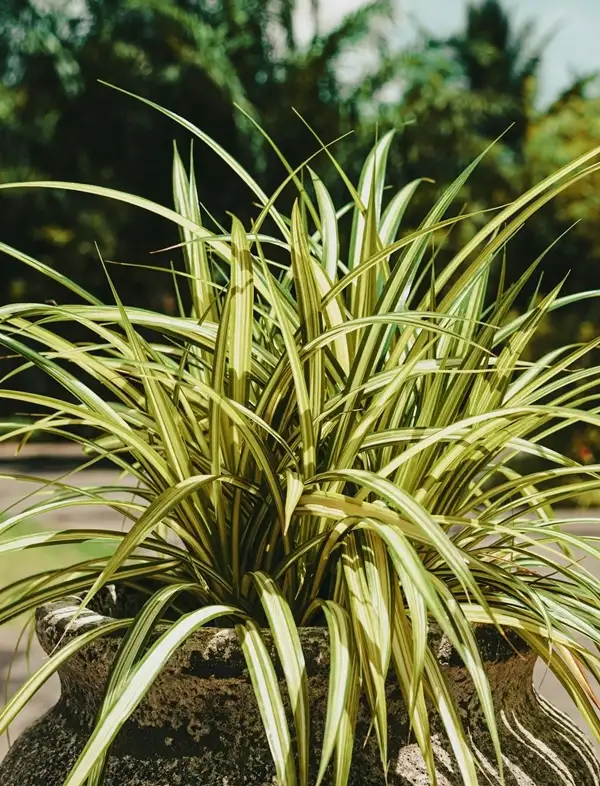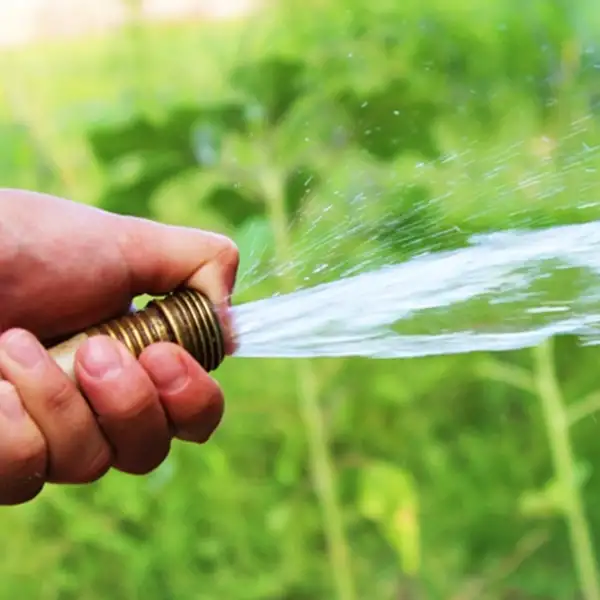Key Takeaways
| Key Takeaways | What You Will Discover |
|---|---|
| Do Spider Plants Like Coffee Grounds? Their Role in Plant Care | Unravel the truth about using this common household waste on your beloved plant. |
| Nutritional Impact on Spider Plants | Learn how a simple addition can either enhance or hinder your plant’s health. |
| Proper Usage Guidelines | Avoid common mistakes and apply this organic material the right way. |
| Potential Risks & Mistakes | Beware of hidden dangers that could disrupt your plant’s well-being. |
| Alternative Natural Fertilizers | Discover other eco-friendly choices that may be even more effective. |
Spider Plants – Overview and Basic Care
Offering basic care to spider plants is straightforward. Bright indirect light, well-draining soil along with water when the top inch of the soil dries out essentially covers their needs. You may fertilize them quarterly using balanced liquid houseplant fertilizers although it’s not absolutely necessary for their survival or hallmark cascading growth habit.
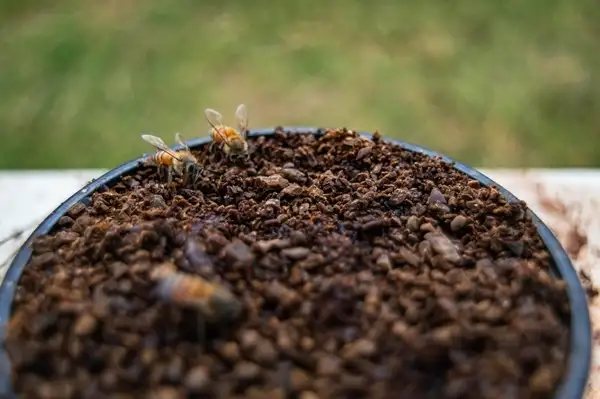
However, like all living things, providing optimal care can significantly enhance the quality of life your spider plant enjoys. A vital part of such exemplary care is offering proper nourishment which may sometimes include unconventional substances like coffee grounds; leading us to explore our main topic.
4 Benefits of Coffee Grounds for Plants
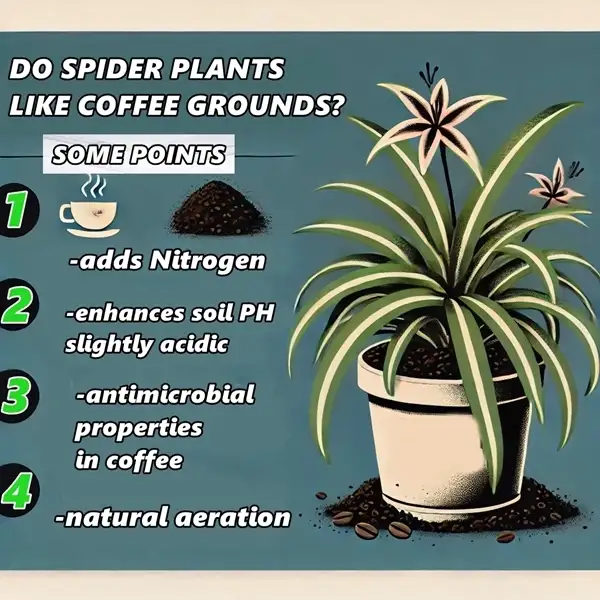
Coffee grounds have long been a secret weapon in many gardeners’ arsenals because they offer several essential benefits to various types of flora.
| Benefit | Description |
|---|---|
| Rich in Nitrogen | Provides essential nutrients that promote healthy foliage growth |
| Improves Soil Aeration | Enhances soil structure, allowing roots to breathe better |
| Moisture Retention | Helps soil retain moisture, beneficial during dry conditions |
| Antimicrobial Properties | Researchers from University of Wyoming noted that coffee grounds contain compounds that deter certain pests & promote healthy microbial activity |
Do Spider Plants Like Coffee Grounds – The Truth
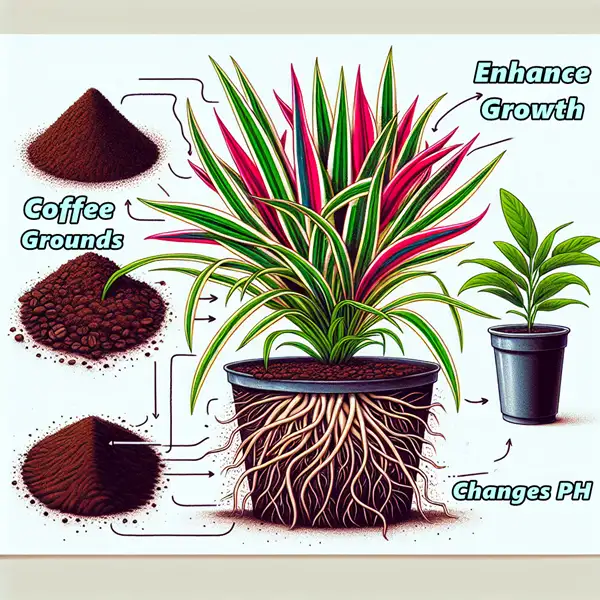
However, when it comes to spider plants & coffee grounds, a key question emerges. Do Spider plants like coffee grounds? Does this adaptable plant variety appreciate these coffee-infused benefits? Well, the answer isn’t cut-and-dry.
| Aspect | Consideration |
|---|---|
| Soil pH Preference |
|
| Nutrient Sensitivity |
|
| Pest Resistance |
|
However, using controlled amounts can offer moisture retention in smaller pots or enclosed spaces where humidity may become an issue—contributing positively towards their overall well-being.
Ultimately understanding how to practically use this seemingly invaluable resource becomes crucial in making sure we provide ideal care for our beautiful arachnid-inspired flora.
4 Steps – How to Use Coffee Grounds for Your Spider Plant
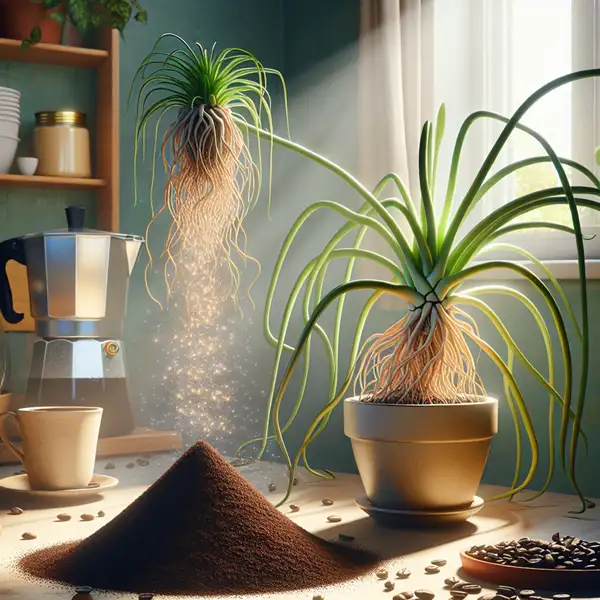
Before you start sprinkling your spider plant with yesterday’s used coffee grounds. Do these steps:
| Step | Action |
|---|---|
| 1 | Ensure coffee grounds are completely dry to prevent mold growth |
| 2 | Sprinkle a thin layer around the base of plant, avoiding direct contact with foliage |
| 3 | Mix the grounds into top layer of soil to integrate them effectively |
| 4 | Use coffee grounds sparingly, no more than once every six weeks, to prevent soil acidification |
Equally important is avoiding the complete replacement of commercial fertilizers with organic derivatives—a common mistake that can lead to undernourishment and stunted growth, even among dedicated gardeners.
Remember, moderation is key when exploring unconventional gardening resources—a universal truth that reminds us to maintain ecological balance, even in plant care routines.
4 Risks in Using Coffee Grounds on Spider Plants
Although minor quantities will not harm your spider plant, potential danger lurks in the immoderate use of this widely available supplement.
| Risk | Precaution |
|---|---|
| Over-Acidification of Soil | Monitor soil pH regularly; use coffee grounds in moderation. |
| Fungal Growth | Ensure coffee grounds are dry before application to prevent mold. |
| Nutrient Imbalance | Avoid over-reliance on coffee grounds; continue using balanced fertilizers. |
| Attracting Pests | Apply thin layers and monitor the plant for any signs of pest activity. |
Hyper-accumulation—a scenario where excessive nitrogen intake leads to hazardous concentration levels within your plant—is another potential threat demanding stringent monitoring when using coffee grounds regularly.
5 Expert Tips to Enhance Growth of a Spider Plant
| Tip | Recommendation |
|---|---|
| Lighting | Place in bright, indirect sunlight; avoid direct sun to prevent leaf scorch. |
| Soil | Use well-draining soil mixed with perlite or coarse sand to enhance aeration. |
| Watering | Water when the top inch of soil is dry; reduce frequency during cooler months. |
| Fertilization | Apply a balanced liquid houseplant fertilizer quarterly for optimal growth. |
| Placement | Display on higher shelves or in hanging baskets to showcase cascading growth. |
Final Thoughts
While spider plants can benefit from nutrients in coffee grounds, care should be taken to avoid over-acidifying the soil. Used coffee grounds, when mixed with other organic matter & used in moderation can be a beneficial addition to your spider plant’s care routine.
However, as with any other soil amendment, it is always a good idea to monitor your plant’s response & adjust your care practices accordingly.
Frequently Asked Questions
What plants don’t like coffee grounds?
Cacti, succulents & herbs like basil prefer neutral or alkaline soil. Coffee grounds retain moisture & add acidity which disrupts their natural growth.
What indoor plants like coffee grounds?
Pothos, snake plants & philodendrons benefit from moderate coffee ground use. They enjoy slight acidity & improved soil texture but still need balanced fertilization.
Do spider plants like eggshells?
Yes! When crushed finely, eggshells provide calcium. However, their benefits are minimal compared to fertilizers. Mix them into the soil for slow calcium release.
Which plants do not like coffee water?
Lavender, rosemary & succulents dislike coffee water due to its acidity which disrupts their soil chemistry & growth.
Can I sprinkle coffee grounds on my indoor plants?
Yes! But in thin, dry layers to avoid mold. Keep them away from leaves & roots & only use on plants that tolerate slight acidity.
Should I put sugar in my spider plant?
No. Sugar encourages fungal growth & pests, harming the plant. Stick to proper watering & fertilization.
Which houseplants like coffee?
Peace lilies, azaleas & ferns thrive with occasional coffee use but moderation is key to prevent over-acidity.


